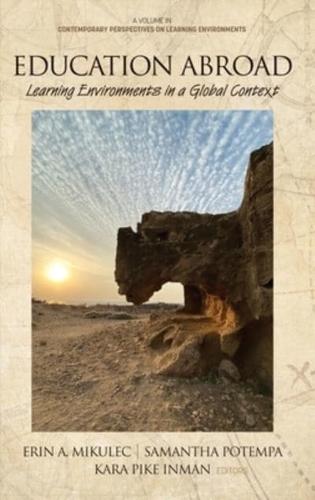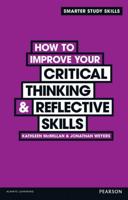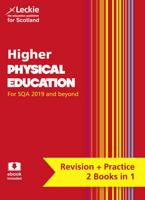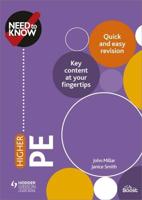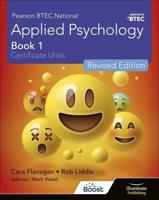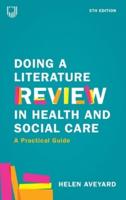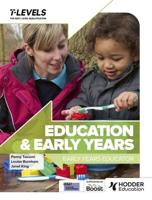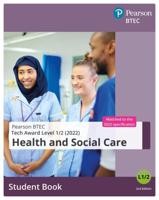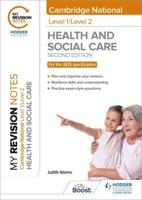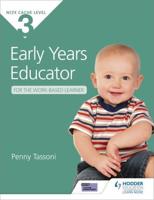Publisher's Synopsis
Education abroad is an essential part of the university student experience. Initiatives such as IIE's Generation Study Abroad encourage more U.S. undergraduate and graduate students to study abroad. According to the Open Doors 2019 Report by the Institute for International Education (IIE), 341,751 students participated in post-secondary education abroad programs during the 2017/2018 academic year. This figure represents an increase of 2.7% of U.S. students studying abroad from the previous year. Research shows that education abroad provides students with opportunities not only to see the world but also to develop intercultural competence, which is increasingly crucial in the 21st century workplace. There are also numerous studies that show gains in autonomy, confidence, and tolerance for ambiguity in students who complete some type of study abroad experience. In sum, the education abroad experience in itself represents a powerful learning environment that continues to support personal and professional development long after returning home. Nonetheless, these learning environments must be cultivated along with faculty who develop and lead programs, as well as university partners and providers. Furthermore, education abroad programming and assessment is complex and must take into consideration many factors including academic goals, purposeful curricular development, and a balance between academics and leisure activities on site. This book explores the many aspects of education abroad as a learning environment, such as student learning outcomes, faculty development, and program assessment and evaluation. In addition, several chapters present education abroad experiences as a model for community engagement and activism. The authors represent a diverse range of institutions and perspectives and discuss programs around the globe. The book represents the voices of faculty that lead education abroad programs, students who participate in them, and also those of international students on a U.S. campus reflecting on their personal experiences abroad. Furthermore, this book contributes to the discussion of best practices to assist faculty and program directors in creating robust education abroad programs that meet the needs of their students and institutions.
